Search
Search Results

Image
Tablet V of the Epic of Gilgamesh
This is the reverse side of the newly discovered tablet V of the Epic of Gilgamesh. Old-Babylonian Period, 2003-1595 BCE. From Southern Mesopotamia, modern-day Iraq. Currently housed in the Sulaymaniyah Museum, Iraqi Kurdistan.

Video
Tablet V of the Epic of Gilgamesh
The newly discovered, partially broken, tablet V of the Epic of Gilgamesh: "the episode of the journey of Gilgamesh and Enkidu." The tablet dates back to the old Babylonian period, 2003-1595 BCE. From Mesopotamia, Iraq. The Sulaymaniyah...
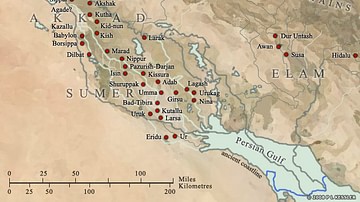
Article
The Atrahasis Epic: The Great Flood & the Meaning of Suffering
The Atrahasis is the Akkadian/Babylonian epic of the Great Flood sent by the gods to destroy human life. Only the good man, Atrahasis (his name translates as `exceedingly wise') was warned of the impending deluge by the god Enki (also known...
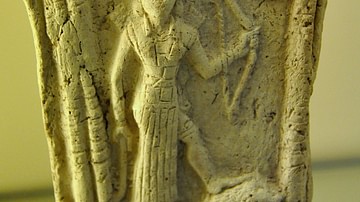
Definition
Ishtar
Ishtar (Inanna in Sumerian sources) is a primary Mesopotamian goddess closely associated with love and war. This powerful Mesopotamian goddess is the first known deity for which we have written evidence. While largely unknown in the modern...
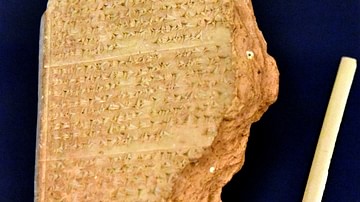
Image
Epic of Gilgamesh Tablet from Hattusa
The cuneiform inscription on this clay tablet (VAT 12890) narrates part of the Epic of Gilgamesh (written c. 2150 - 1400 BCE). The obverse of this tablet relates the second dream of Gilgamesh on the journey to the Forest of Cedar, and part...
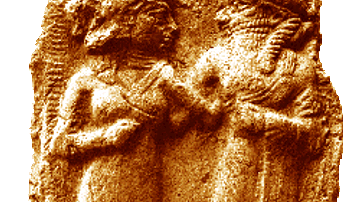
Article
Inanna's Descent: A Sumerian Tale of Injustice
The Sumerian poem, The Descent of Inanna (c. 1900-1600 BCE) chronicles the journey of Inanna, the great goddess and Queen of Heaven, from her realm in the sky, to earth, and down into the underworld to visit her recently widowed sister Ereshkigal...

Definition
Inanna
Inanna is the ancient Sumerian goddess of love, sensuality, fertility, procreation, and also of war. She later became identified by the Akkadians and Assyrians as the goddess Ishtar, and further with the Hittite Sauska, the Phoenician Astarte...
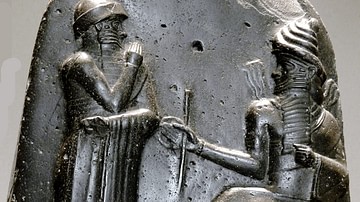
Definition
Utu-Shamash
Utu (also known as Shamash, Samas, and Babbar) is the Sumerian god of the sun and divine justice. He is the son of the moon god Nanna and the fertility goddess Ningal in the Sumerian tradition but was known as Shamash (Samas) to the Akkadians...

Video
Epic of Gilgamesh: The Ancient Poem Explained
Rarely does a name survive as many millennia as Gilgamesh has. World-renowned men of letters such as Carl Gustav Jung and Rainer Maria Rilke spoke nothing but the highest praise for the ancient Babylonian epic about the popular and much beloved...
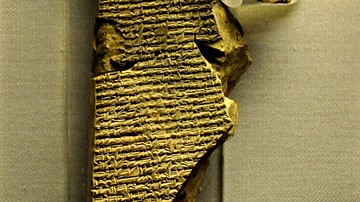
Article
Enuma Elish - The Babylonian Epic of Creation - Full Text
The Enuma Elish (also known as The Seven Tablets of Creation) is the Babylonian creation myth whose title is derived from the opening lines of the piece, "When on High". The myth tells the story of the great god Marduk's victory over the...